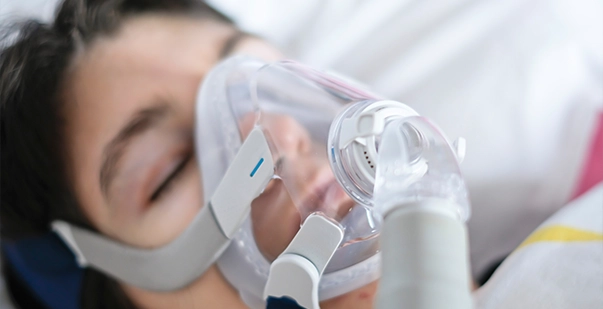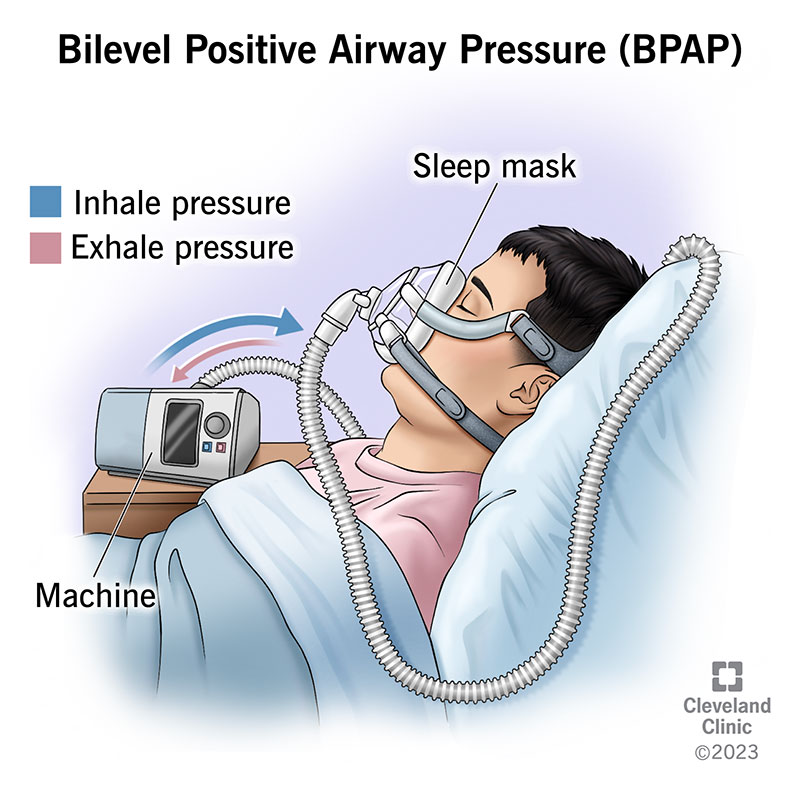BiPAP Rental: Hassle-Free Solutions for Temporary Requirements
BiPAP Rental: Hassle-Free Solutions for Temporary Requirements
Blog Article
Bipap vs. CPAP: Which Is the most effective for Your Rest Problem?
When browsing the intricacies of rest disorders, the option in between BiPAP and CPAP treatment is an important consideration. Each method supplies one-of-a-kind benefits tailored to particular problems, yet the decision depends upon specific patient demands and convenience degrees. While CPAP gives a steady air flow suitable for obstructive rest apnea, BiPAP's twin stress settings may improve convenience for those with even more detailed respiratory concerns. Understanding these differences can dramatically impact treatment efficacy, leaving one to consider which choice absolutely aligns with their wellness needs and way of life.
Understanding Rest Disorders
Rest problems include a variety of problems that interrupt regular sleep patterns, influencing both the top quality and period of rest. These disorders can manifest in various kinds, including sleep problems, rest apnea, narcolepsy, restless leg disorder, and parasomnias. Each problem presents special challenges, typically leading to considerable daytime tiredness, cognitive problems, and psychological disturbances.
Insomnia is identified by problem falling or remaining asleep, while sleep apnea includes repeated interruptions in breathing during sleep, commonly resulting in fragmented rest. Narcolepsy, on the other hand, is marked by extreme daytime drowsiness and abrupt sleep attacks. Restless leg disorder triggers unpleasant experiences in the legs, prompting an uncontrollable urge to move them, which can additionally prevent the ability to go to sleep.
The influence of sleep problems expands beyond private wellness, affecting overall productivity, connections, and high quality of life. Recognizing the certain nature of each disorder is critical for effective diagnosis and therapy. As rest health becomes significantly recognized as an important component of overall wellness, resolving these problems is crucial for enhancing both sleep top quality and day-to-day functioning.
Just How CPAP Functions
Continual Positive Air Passage Stress (CPAP) therapy is regularly used as a main treatment for obstructive sleep apnea (OSA) The device of CPAP includes using an equipment that supplies a steady stream of air with a mask used during sleep. This air movement preserves positive stress in the airway, protecting against the collapse or obstruction of the throat that can happen during sleep.
When a client takes in, the CPAP machine supplies a continual circulation of air, guaranteeing that the respiratory tract remains open - BiPAP Rental. This not just minimizes the symptoms of OSA, such as snoring and interrupted rest patterns, yet likewise lowers the associated health and wellness threats, consisting of cardio issues and daytime fatigue
The stress setups on a CPAP device can be customized to satisfy individual patient demands, usually determined through a sleep research. On the whole, CPAP therapy has actually been revealed to dramatically enhance the quality of rest and general wellness for individuals suffering from obstructive rest apnea.
Just How BiPAP Works
BiPAP, or Bilevel Favorable Air Passage Pressure, is a specific type of non-invasive ventilation that is especially useful for patients with problems such as intricate rest apnea or respiratory system conditions. Unlike CPAP, which provides a continual stream of air at a solitary pressure, BiPAP supplies two distinctive pressure settings: a greater inspiratory stress for inhalation and a lower expiratory pressure for exhalation. This dual-pressure technique permits much easier breathing, minimizing the effort called for throughout exhalation.
The gadget operates via a mask fitted over the nose or mouth, linked to a device that creates air stress. When the client breathes in, the machine supplies the greater pressure to help with airflow, guaranteeing that the respiratory tract stays open. Upon exhalation, the device instantly reduces the stress, making it more comfy for the person to take a click this link breath out.

Key Differences Between BiPAP and CPAP

In contrast, BiPAP (Bilevel Favorable Air passage Stress) supplies 2 different stress settings: one for inhalation and a reduced one for exhalation. This twin stress system enables more comfy breathing, specifically for clients who battle with exhaling versus a continual stress. BiPAP is commonly recommended for patients with complicated sleep apnea, chronic obstructive lung illness (COPD), or those who require additional support during sleep.
Additionally, the intricacy of BiPAP tools normally leads to a greater expense and needs much more cautious titration than CPAP. BiPAP Rental. Recognizing these key distinctions can aid in recognizing which gadget might be extra ideal for particular sleep conditions, setting the groundwork for informed treatment choices
Choosing the Right Treatment
The choice in between BiPAP and CPAP therapy primarily pivots on the details qualities of the sleep disorder, the person's total health, and their comfort with the tool. CPAP, which supplies a constant stream of air, is generally recommended for obstructive sleep apnea (OSA)
Conversely, BiPAP offers 2 degrees of stress: one for breathing and a reduced one for exhalation. This twin stress system is valuable for clients with complicated sleep apnea or those that experience trouble exhaling against a constant pressure. Additionally, BiPAP is commonly recommended for people with respiratory problems, such as chronic obstructive lung disease (COPD), where varying pressure setups can boost comfort and conformity.
Ultimately, a thorough analysis by a rest specialist, including a sleep research, can aid figure out which treatment aligns best with the client's requirements. Variables such as comfort, simplicity of usage, and particular medical problems ought to additionally be thought about to enhance therapy outcomes.
Final Thought
In summary, both BiPAP and CPAP offer unique functions in the monitoring of rest problems. CPAP works for obstructive sleep apnea through consistent air movement, while BiPAP supplies dual pressure setups that boost comfort for those with intricate rest apnea or breathing problems. The option in between get more these treatments ought to be directed by specific requirements and problems, necessitating an extensive examination by a rest professional to ensure optimal treatment end results and enhanced top quality of rest.

Overall, CPAP therapy has been shown to substantially improve the high quality of rest and total wellness for individuals enduring from obstructive rest apnea.
BiPAP is often recommended for people with complicated rest apnea, chronic obstructive pulmonary disease (COPD), or those who need additional assistance throughout rest.
CPAP is efficient for obstructive sleep apnea with constant air movement, while BiPAP supplies double pressure setups that boost comfort for those with intricate rest apnea or respiratory problems.
Report this page